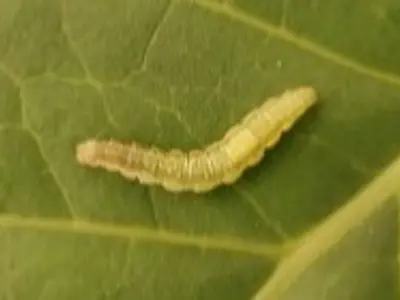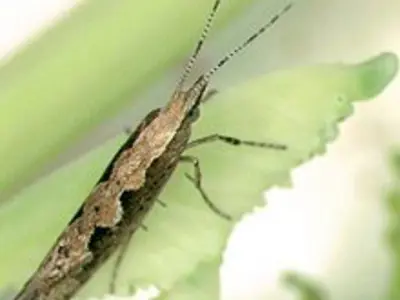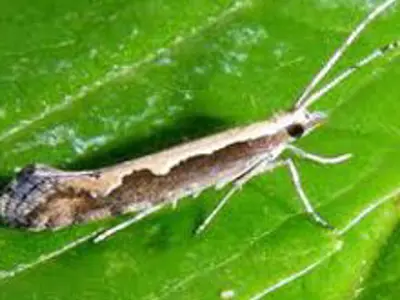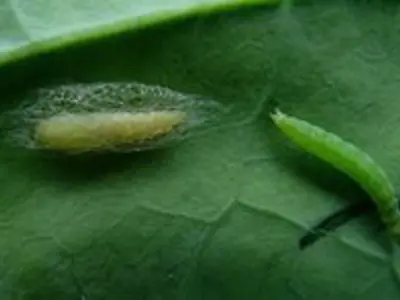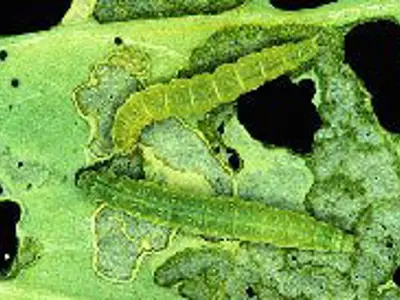Diamondback Moth
The Diamondback Moth is a pest found in most canola fields of the County during any given year. However, it is generally found in well-below threshold numbers.
Where do They Come From?
The moths are mainly blown in on southeast winds from Texas and California. There is research showing the insects may overwinter in Western Canada if the conditions are favourable for them.
What are the Risks?
The larvae, which hatch in early July, are voracious feeders and in large numbers, can cause a great deal of damage in a canola crop. They feed on leaves for the first stages of their lives, then move upward to the flowers which is where the greatest damage occurs.
How are They Monitored?
This pest is monitored here in the County using pheromone traps in the early spring.
Prevention
Canola is a member of the Brassica family which also includes cabbage, stinkweed, lambs quarters, etc. All these plants are hosts to the Diamondback Moth. There are steps you can take that may reduce or eliminate the threat of these insects in canola crops:
- Control all host plants, including volunteer canola;
- Check Alberta Agriculture for local insect forecasts;
- Scout fields from early May and throughout the growing season; and
- Consider recommended insecticide only when threshold of larvae (20-30 per square meter) is reached. This will minimize the impact on beneficial insects.
Related Links
Canola Council Diamondback Moth management
Contact Us
Agriculture
10001 - 84 Ave
Clairmont, AB
T8X 5B2
Phone: 780-532-9727
Fax: 780-567-5576
Email: agfieldman@countygp.ab.ca
Sign up to get the Latest News
Stay up to date on the County's activities, events, programs and operations by subscribing to the County of Grande Prairie news.

